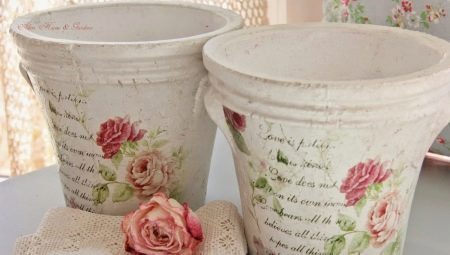The exquisite French word "decoupage" describes the original technique of decorating objects with various patterns. Despite the French origin, the names of this decorative device were originated by Chinese masters, who as early as the 15th century learned to skillfully decorate different objects with the help of beautiful paper images. Then this occupation spread throughout Europe in the XVII-XVIII century, where it became very popular.
So, let's take a closer look at how and where to use this technique, as well as how to make decoupage flower pots with your own hands.
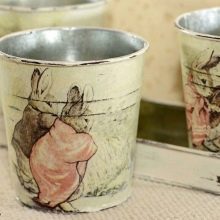
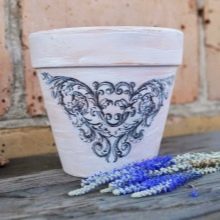
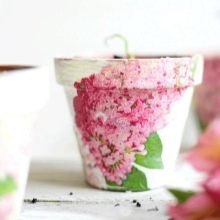
Features of the technique
There are many options where you can use this art. Each mistress has in her house more than one plant in a flower pot. And so that it fits beautifully into the interior, you can apply the decoupage technique when decorating flower pots. This is a popular and interesting hobby among housewives, and also helps the opportunity to give a new life to an old product.
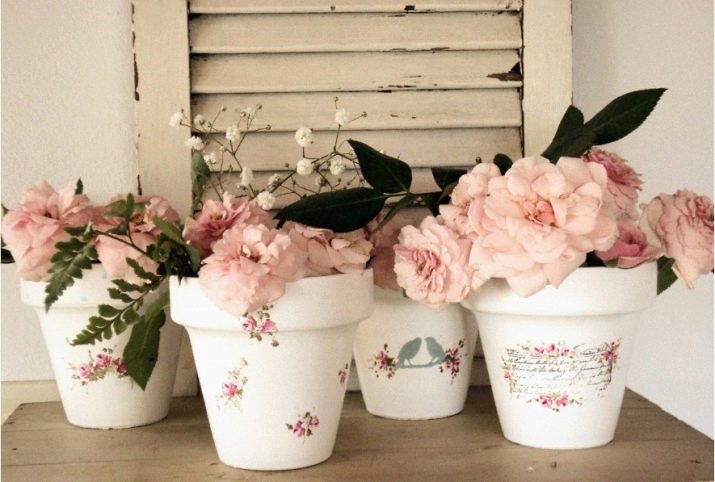
Since almost every house has the necessary materials for decoration, it remains only to choose the appropriate theme in the design of the flower pot. At the same time, both experienced and beginner needlewomen can do such simple work. And professional advice and a detailed master class will help you with this.
Instruments
To create a pot in this technique you need to purchase all the materials and tools, you will need:
- flower pot (clay, plastic, ceramic) or any other;
- suitable pattern or special decoupage napkin;
- decoupage cards;
- acrylic paints (white, as the main color, other shades are used);
- brushes;
- sponge;
- scissors;
- PVA glue or a special option for decoupage;
- sandpaper;
- acrylic primer;
- dense file;
- decorative elements.
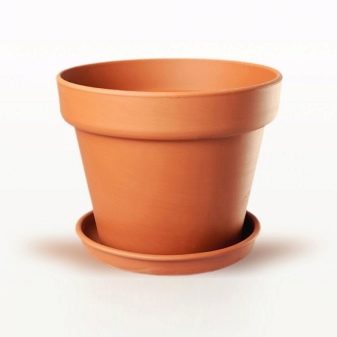
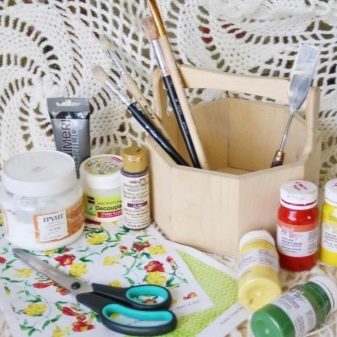
When all the necessary materials are purchased, we proceed to the step-by-step decoupage of the pot. Creating an updated product may take several days. All this depends, as a rule, on the drying of the materials and their quality.
Use only high-quality materials to avoid unpleasant situations.
Step-by-step instruction
Take a regular clay pot and wash it thoroughly using detergents. Let it dry in the open. When the pot dries, you must first prepare the surface. For this, sandpaper is taken and the outer side is processed. This will help make the structure smooth for further paint application. Processing includes the pot itself and the pan on which it stands.
It is best to do this outside the house, for example, on the street or balcony, using a protective mask, since there is a lot of dust during operation.
The next step will be the application of acrylic primer. This is done with a foam sponge (thin layer, tangent). Acrylic must be allowed to dry well for further action. Next, apply the color that you want to choose for the main one. Focus on your taste and interior in the house. Do not forget that the special napkin you choose will also be used for decoupage. When choosing colors, you need to take this into account.
Accordingly, the main color is applied with a sponge. You can simplify the task a little by using a small roller. Thanks to this application, the color lies even more evenly on the surface. If you still have paint, collect it in a small container and close it tightly - you will still need it.

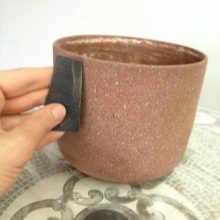

We take a special napkin and select the elements that you want to see on your pot. We cut out the details and disconnect the special layer on which the main drawing is. We take the tray, put the napkin on the file and fill it with water. Gently brush all the water over the surface with a brush. This is necessary for even drawing without any creases and creases.
Then we very carefully remove and drain the water, make sure that the napkin remains on the surface of the file. Carefully transfer the drawing itself onto the pot and the pallet and press it tightly. We remove the file, and hold the resulting beauty with your fingers. We fix the new image with PVA glue. Let the billet dry. If the borders became visible from the resulting drawing, then we take the paint and also paint over with a sponge. The remaining colors that were chosen for further decoration of the product are mixed and applied.
The next step will be coating with several layers of acrylic varnish. It is important that after each coating you carefully dry the layer of varnish you applied. It must be borne in mind that the more layers applied, the more durable the product. For example, the average quantity for a quality pot should be somewhere around 10.
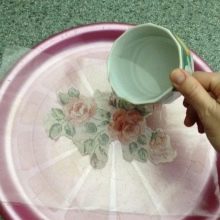
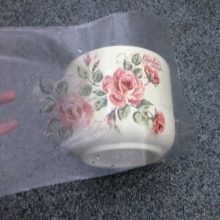

Drawing decor
There is also a large number of elements for decorating with various materials that will decorate and give brightness to the product even more. Use stones and beads. Now on sale a lot of decorative ornaments. To secure them firmly, take glue “Moment”.
Apply multiple techniques on one product at once. Take various patterns and boldly mix. This will increase the originality and exclusivity of the final product.
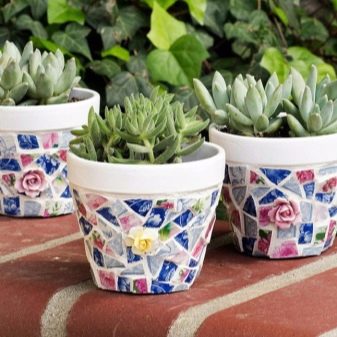
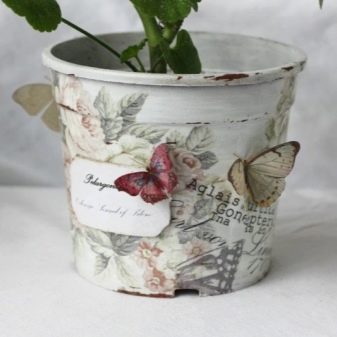
There are examples when housewives from an inconspicuous teapot created a street pot using this technique and planted a flower in it. So, from an inconspicuous subject of utensils, a bright accessory was obtained. You just need to show a little imagination and sleight of hand. And, of course, to study a master class, which in the future will help to use new ideas.
From an inconspicuous pot you will get a new, stylish, beautiful work of art that will cheer up everyone who sees it.This can be a wonderful gift for lovers of home plants. As you know, the use of this technique can captivate, become an interesting hobby or even additional income. So, try it and you will succeed.
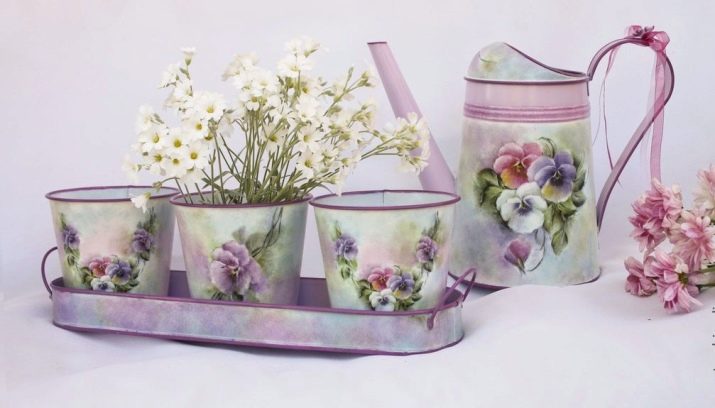
In conclusion, we offer you a video with a step-by-step master class on creating an incredibly beautiful decor in the Provence style.
